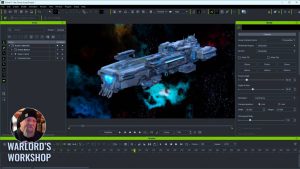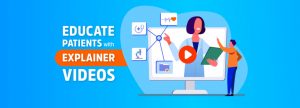Why DEI in Kids’ Animation Isn’t Just the Right Thing to Do – It’s the Smart Thing
I’ll be honest: I’m probably not the person you’d pick to write this piece. I grew up in rural Ireland, playing loud music in garage bands with my creative partner Aidan O’Donovan. By the early 2000s, we had graduated from making noise to making web cartoons about Irish politicians in jacuzzis with Joseph Stalin. They were brash, satirical, and very much of their time. That work got us into animation by the side door and it’s fair to say that we’ve done things in our own idiosyncratic style ever since, including on our latest production.
That project is Maddie + Triggs, a musical preschool series for CBeebies and RTÉjr. It started with sound, not visuals — a podcast made during lockdown. And it started with a question, sparked by a conversation with our friend Óran O’Neill at RTÉ, who’d lost his sight as an adult and now led the audio description department in RTÉ. He told us our previous show had worked surprisingly well for vision-impaired audiences — not by design, but by accident. It was mostly dialog. “It works like a radio play,” he said.
So we asked ourselves: what if we designed something for audio from the beginning? What if two kids — one sighted, one vision-impaired — sat down side-by-side and neither had a lesser experience?
That idea became our compass. But Aidan and I aren’t vision-impaired. This wasn’t our story to tell. So instead of forging ahead, we paused. And we listened.
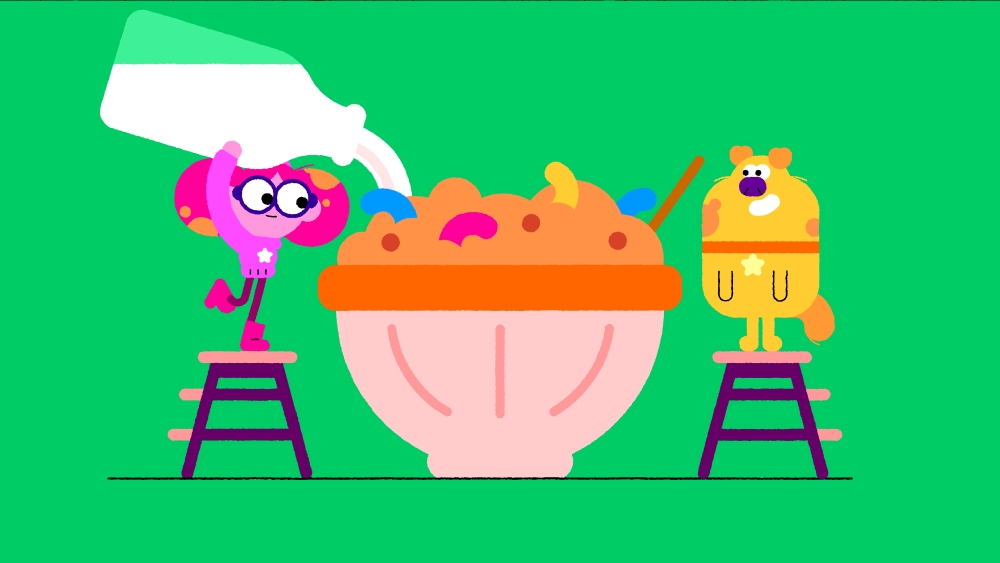

We partnered with Vision Ireland and Angel Eyes in Belfast. We spoke to blind and vision-impaired children and their families. We heard, again and again, how rare it was for these kids to see themselves represented on screen — and when they did, it was usually in sad or “issue-led” stories. What they wanted was fun. Adventure. Silliness. Characters who were like them, but not defined by their disability.
That guided the tone of the podcast, and later the animated series. But tone wasn’t enough. If we were serious about inclusion, it had to be built in from the start — not sprinkled on at the end.
We were incredibly lucky to find our Maddie in Bonnie O’Meara — a young vision-impaired performer whose talent brought the character to life in ways we could only have hoped for. Not only could she act with subtlety and humor, she could also knock out complex, ambitious songs on demand! She was also, I might add, seven years old. Watching Bonnie inhabit the role with such confidence and joy became one of the project’s great affirmations: the voice at the heart of the show wasn’t just authentic — it was really electrifying.
We brought in accessibility consultant Shelley Boden on day one. We worked with blind and vision-impaired writers, actors, testers and creatives. Dena Diamond, a blind comedy writer and lyricist from the U.S., wrote all the new songs. Her lyrics and Mike Barnett’s songs became central to the writers’ room — not just add-ons in post. We worked with a Belfast-based charity who have a brilliant VR training program EmpathEyes which simulates different vision impairments, and we were able to deliver this training to our production team to empower the creative.
We launched the Listen Hear shadow scheme to train 10 new vision-impaired writers in animation — four of whom are now credited on the show, including Óran himself. That scheme was made possible by support from Creative & Cultural Skillnet, Screen Ireland, Animation Ireland and the National Talent Academy for Animation. Their belief in the value of this kind of behind-the-scenes inclusion made a huge difference.
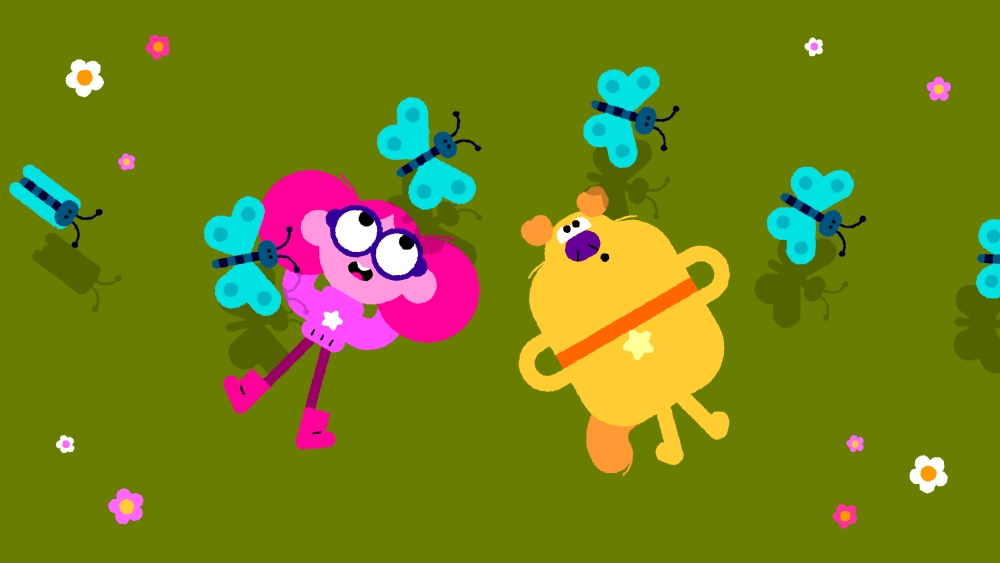

Designing Differently — and Better
From the beginning, Maddie + Triggs was built around Universal Design. We learned a lovely thing — by making a show more accessible for one small section of the audience, we were also making it better for everyone.
In practice, that meant creating a design aesthetic that can be summarised by the words “less is more” — strong geometric shapes, clean silhouettes and a simple, repeatable color palette. Maddie’s signature pink and Triggs’ warm yellow make them stand out instantly.
Backgrounds were deliberately uncluttered. We used a flat perspective, a 2D picture plain, and limited overlap. That wasn’t just for aesthetic reasons. It made the action easier to follow — especially for children with low vision, processing differences, or who are new to animation entirely.
We slowed the pacing, too. Allowed more “reading time” per scene. Gave each beat room to land. And it didn’t just make the show more accessible – it made it feel more charming, more distinct. A win-win.
These weren’t just stylistic sacrifices. They were creative choices and they helped define the unique look and feel of the show.
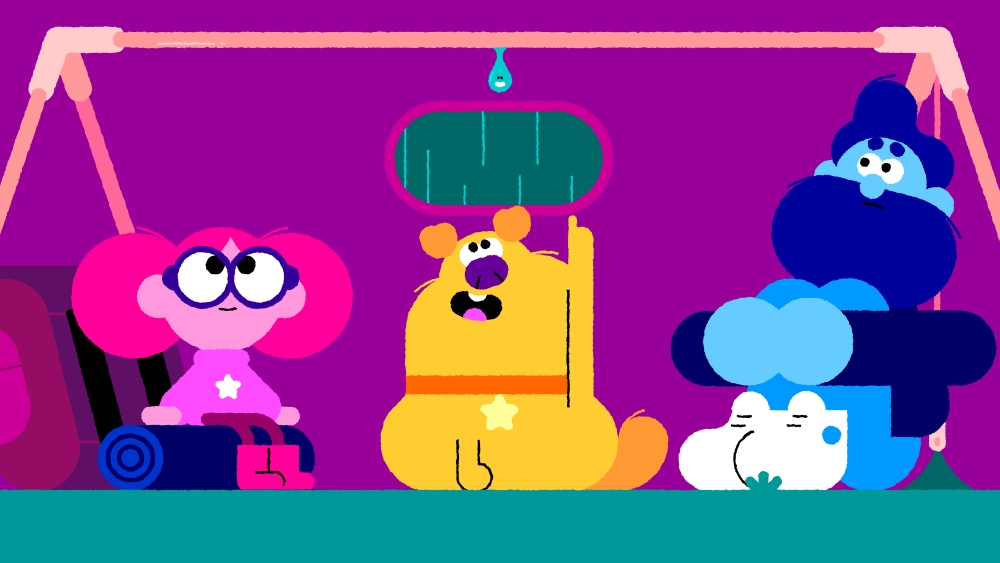

Accessible Doesn’t Mean Easy
It’s important to say this: making a show this way is hard. Inclusion costs more. It takes longer. It requires layers of consultation, testing, reworking and not every funder or schedule can accommodate that.
As producers, we’re often asked to deliver more, faster, with less money. But meaningful inclusion doesn’t happen at speed. It needs early investment, creative space and — crucially — long-term support. We were lucky to find that support in RTÉjr, CBeebies, Mediawan Kids & Family, Screen Ireland and Coimisiún na Meán. They didn’t back this project because it was simple. They backed it because they understood the long game, and what can make sense from an inclusivity perspective also has sound business potential.
The European Accessibility Act comes into force in 2025. For many, this will be a compliance scramble. But those who’ve already embedded inclusive practices will be ahead of the curve – not just ethically, but strategically.
Still, we need to be honest about the difficulties. This kind of production model isn’t sustainable without structural support. If we want more shows like Maddie + Triggs — or Nikhil and Jay, Mixmups or Pablo — we need better scaffolding from development through delivery. Otherwise, these stories remain the exception, not the norm.
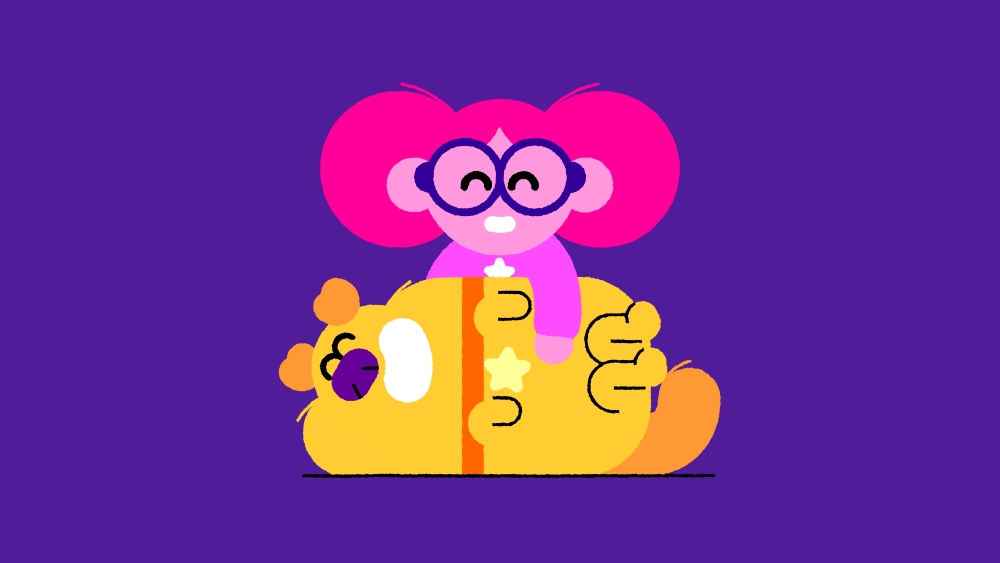

More Than a Niche
Sometimes inclusion in kids’ media gets reduced to a moral box-tick — the “right thing to do.” But that framing misses the bigger point. Inclusion can be a creative engine. It makes stories better. It makes teams stronger. In our case, we can confidently report that it leads to smarter, funnier, more distinctive work.
Not every show we pitch as Turnip + Duck has to be issues-based — we reserve the right to make silly nonsense for the sake of it! It is a hill on which we are very much willing to die! But Maddie + Triggs has changed how we think. It reminded us that the more voices you invite into the room, the richer the outcome becomes and that is going to be something we carry through on future series.
Ireland, in particular, has a chance to lead in this space. We have funding agencies with strong public service values, collaborative studios, access to the E.U. and a collegiate ecosystem built on innovation rather than pure competition. We are very much open for business.
That gives us a responsibility and an opportunity. Because kids don’t come into the world with bias. They come ready to laugh, learn, and connect. If we give them stories that reflect the world around them — while gently expanding it — we’re not just ticking a box. We’re doing our jobs properly.
As Maddie says at the end of every episode:
“It’s amazing what you hear when you take the time to listen.”
![Colm Tobin [Turnip + Duck]](https://renderpro.one/wp-content/uploads/2025/06/Colm-Tobin-Cropped-240x240.jpg)
![Colm Tobin [Turnip + Duck]](https://renderpro.one/wp-content/uploads/2025/06/Colm-Tobin-Cropped-240x240.jpg)
Colm Tobin is Co-Founder & Managing Director of Turnip + Duck, an award-winning, creative-led studio established in Dublin in 2016 with Aidan O’Donovan. Maddie + Triggs, produced by Turnip + Duck with animation by Sun & Moon, premiered in 2024 on CBeebies and RTÉjr, and is available to stream on iPlayer. The studio’s other projects include Critters TV, Atom Town and Brain Freeze.
Visit turnipandduck.com to learn more.
